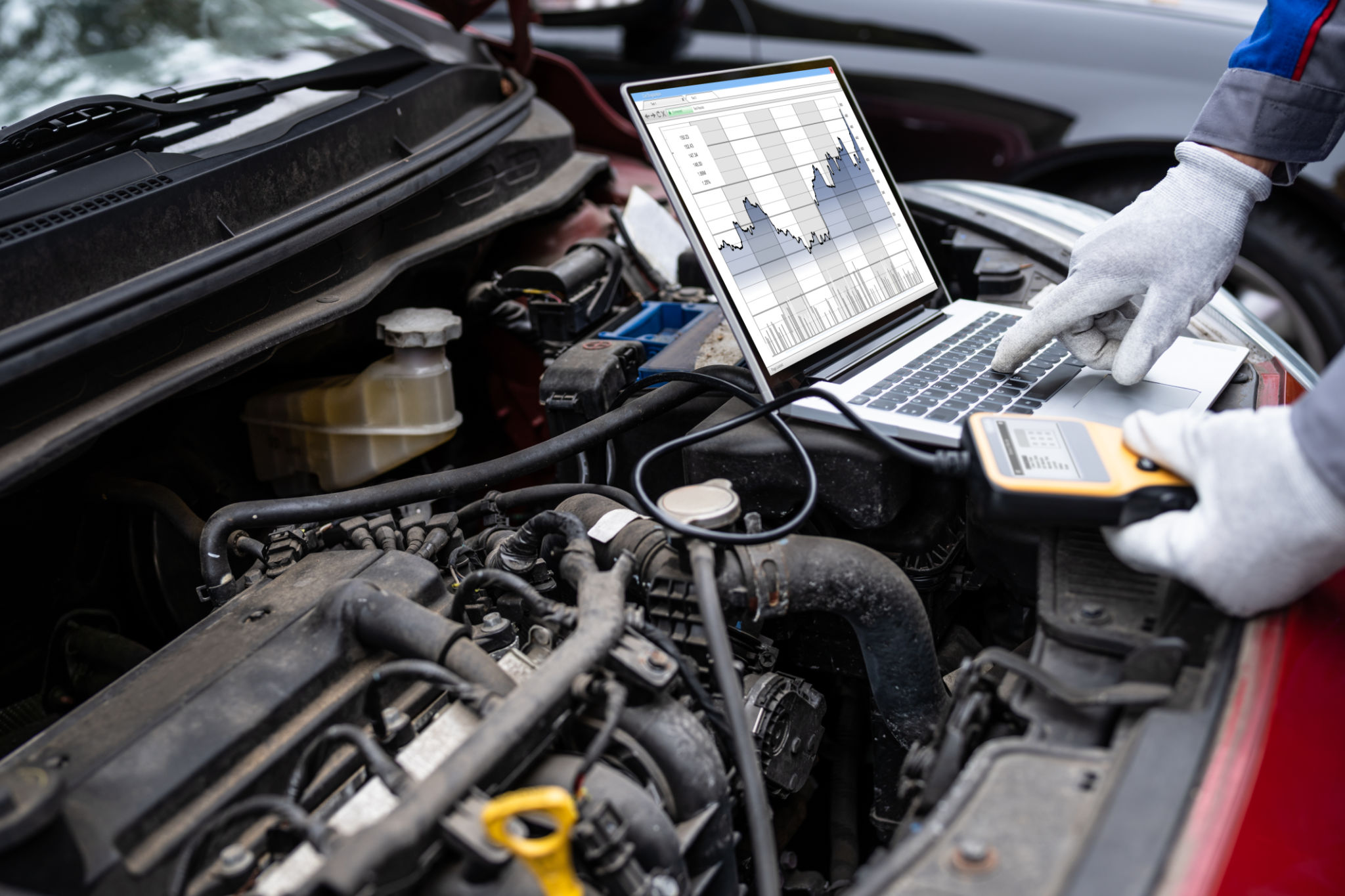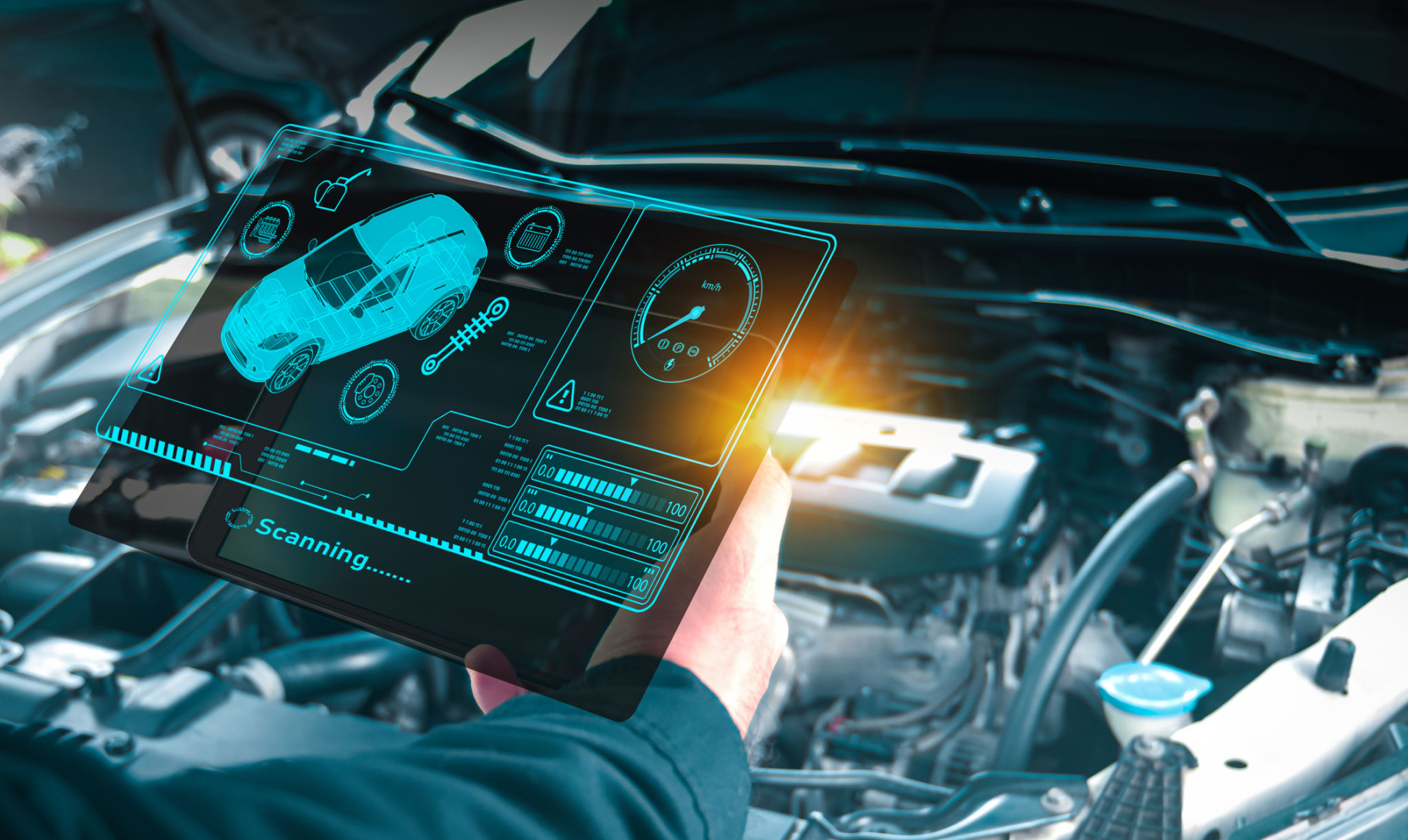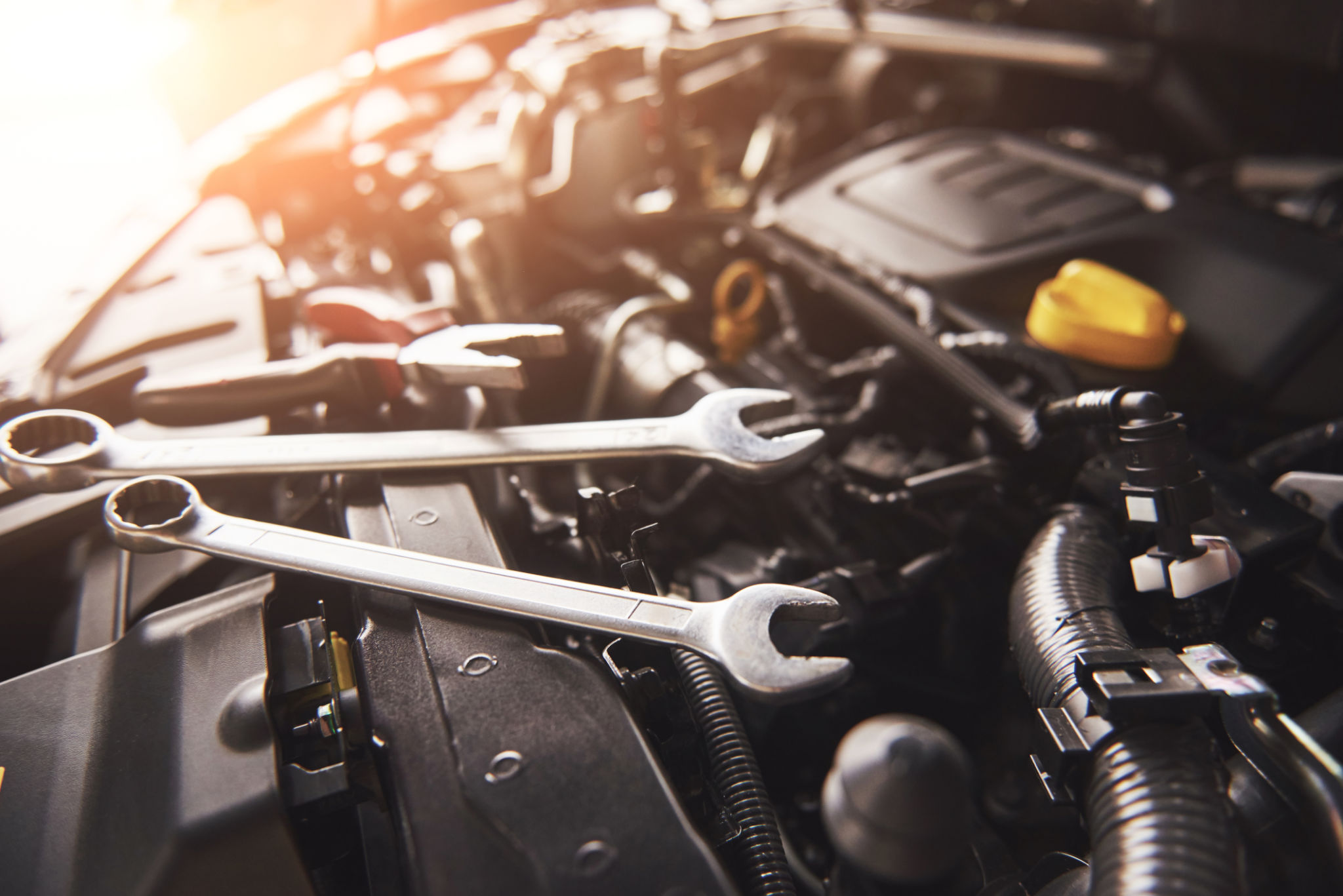Car Diagnostics Without a Workshop: What You Need to Know
Understanding Car Diagnostics at Home
In today's fast-paced world, understanding the basics of car diagnostics can save you time, money, and stress. Thanks to technological advancements, you no longer need to visit a workshop for every little issue. With the right tools and knowledge, you can diagnose many car problems from the comfort of your garage.

The Tools You'll Need
To effectively diagnose your car at home, you'll need a few essential tools. The most important is an OBD-II scanner. This device connects to your car's onboard computer and retrieves diagnostic trouble codes (DTCs) that indicate potential issues. In addition to an OBD-II scanner, consider having a multimeter for checking electrical circuits and a basic toolkit for any minor repairs you might perform.
Choosing the Right OBD-II Scanner
When selecting an OBD-II scanner, you have several options. Basic models provide simple code readings, while advanced versions offer real-time data and extensive diagnostics. For beginners, a basic model might suffice, but if you're interested in deeper diagnostics, investing in a more comprehensive scanner could be beneficial.

Interpreting Diagnostic Codes
Once you've retrieved the diagnostic codes from your vehicle, the next step is understanding what they mean. Each code corresponds to a specific issue, such as engine misfires or sensor malfunctions. Many OBD-II scanners come with reference guides or companion apps that help interpret these codes. Online resources can also be invaluable for understanding the nuances of each code.
Common Diagnostic Codes
Some common codes include P0300 for random misfires and P0420 for catalytic converter efficiency issues. Familiarizing yourself with these codes can help you quickly identify and address frequent problems without the need for professional intervention.

Steps to Perform Basic Diagnostics
- Connect your OBD-II scanner to the vehicle's diagnostic port, usually located under the dashboard.
- Turn on the ignition without starting the engine.
- Follow the scanner's instructions to retrieve any stored trouble codes.
- Research and interpret the codes using available resources or the scanner's app.
- Determine if the issue is something you can fix or if it requires professional attention.
Troubleshooting Common Issues
Many minor issues, such as replacing a faulty sensor or tightening loose connections, can be resolved at home. However, complex problems like transmission failures or major engine repairs should be left to professionals. Recognizing your limitations is crucial to avoid making issues worse.

Staying Updated with Car Maintenance
Regular maintenance is key to preventing many diagnostic issues. Keeping up with oil changes, tire rotations, and routine inspections can significantly reduce the likelihood of encountering serious problems. A proactive approach not only extends your vehicle's lifespan but also ensures safer driving experiences.
In conclusion, while home diagnostics can be empowering and cost-effective, they require a commitment to learning and safety. With practice and patience, you'll become adept at identifying and addressing many car issues without ever stepping into a workshop.